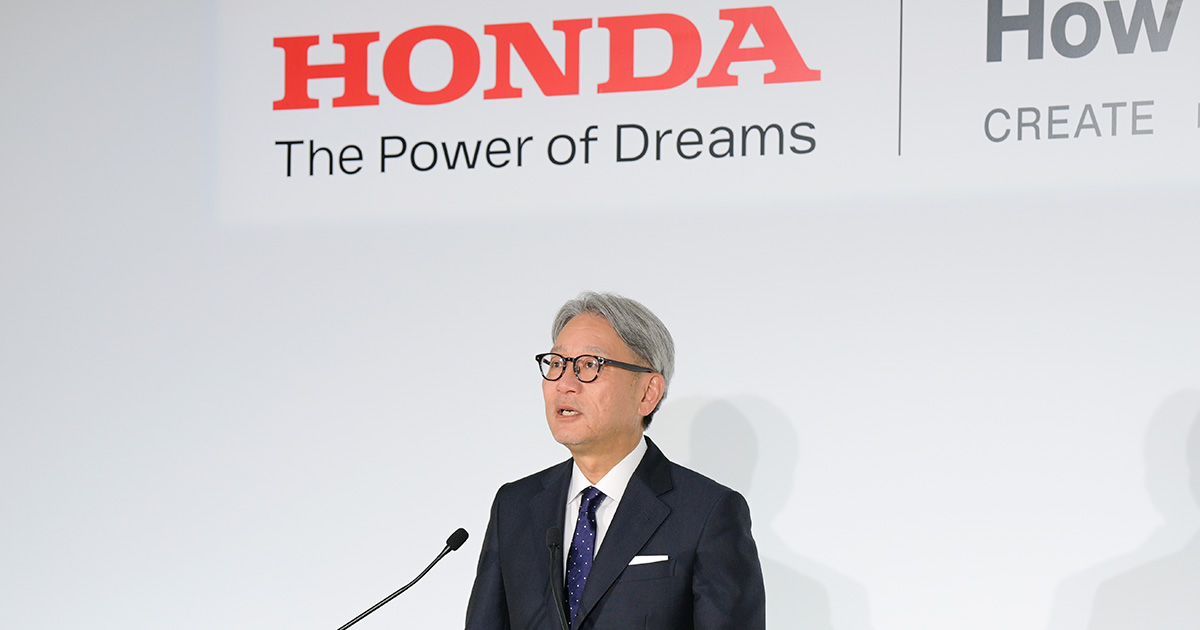Bussiness
Summary of 2024 Honda Business Briefing on Direction of Electrification Initiatives and Investment Strategy | Honda Global Corporate Website

The period of transition from ICE to EV leading up to the mid-2020s will be a phase in which Honda will respond flexibly to changes in demand and the business environment while also ensuring profitability. During this phase, our existing production facilities will be fully utilized to produce both ICE and EV models on the same line.
In addition, Honda will advance its production operations by steadily incorporating advanced technologies necessary to realize the “Thin, Light and Wise” concept. This will lead to the establishment of a highly efficient production structure at dedicated EV plants in the future.
As for the production line of the thin battery pack, which will be the key to EV production, the new battery case production line to be installed at our Anna Plant in Ohio will be equipped with mega casting machines, which are 6,000-ton class high-pressure die-casting machines. This will greatly reduce the total number of parts consisting of the battery case and secondary parts from over 60 to 5 parts. Also, combined with the technology of friction stir welding (FSW), investment will be reduced and production efficiency will be increased at the same time.
Honda became the first company in Japan*3 to install a 6,000-ton class mega casting machine to its production technology R&D facility located in Tochigi, Japan, currently being verified for mass production.
Including application to the production of large cast aluminum body frame parts in the future, the die-casting technology will be continuously advanced.
As for the battery pack assembly line, Honda’s original “Flex Cell Production System,” will be adopted. This system combines 1) the modular parts configuration according to the product function of the vehicle and 2) the “cell production system” that brings together in a single area the equipment, jigs, and production associates required for each production process. The adoption of the Flex Cell Production System ahead of the start of full-capacity EV production will enable flexible responses to changes in production models and fluctuations in production volume. In addition, by utilizing the Digital Twin, which reproduces real-life production line conditions in cyberspace in real time, the production efficiency in various aspects including the supply of parts to factories, production volume and speed will be optimized. In this way, Honda will supply products in a timely manner in accordance with market needs. In the future, Honda plans to further expand the scope of applications of these technologies beyond the battery pack production line, and apply them to all lines at Honda EV production facilities.
Ultimately, the culmination of these initiatives will be demonstrated at the dedicated EV plant which will become operational in 2028 in Canada. By achieving the world’s top-level production efficiency, including a significant increase in capacity utilization rates and a reduction of fixed costs, Honda aims to reduce overall production cost by approximately 35% compared to conventional mixed-flow production lines.







.jpg)

